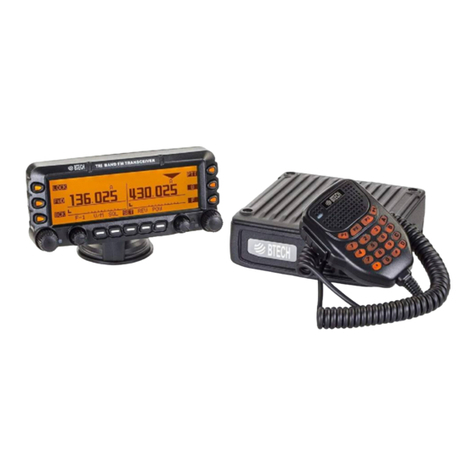
3
Ƶ
Maintenance Instructions
To help your battery work normally or prolong its life, be sure to observe the following instructions:
1. Accumulated dust on charging connector may affect normal charging. Please use a clean and dry cloth to wipe it on a
regular basis.
2. It is recommended to charge the battery between 5ᵒC ~ 40ᵒC. Violation of the said limit may cause battery life reduction
or even battery leakage.
3. To charge a battery attached to the product, turn it off to ensure a full charge.
4. Do not remove the battery or unplug the power cord during charging.
5. Do not dispose of the battery in a fire.
6. Do not expose the battery to direct sunlight for a long time or place it close to other heating sources.
7. Do not squeeze, penetrate the battery, or remove its case.
Transportation Instructions
1. Damaged batteries must not be transported.
2. To avoid short circuiting, separate the battery from the metal bars or from each other, if two or more batteries are
transported in one packaging.
3. If the battery is not attached, the radio should be powered off
The content of the shipment must be declared in the shipping documents and by a battery shipping label on the packaging.
Contact your delivery service for the local regulations and further information.
Precautions for Disposal
Once the service life of our products (including but not limited to radios and batteries) has ended, they shall not be disposed
as household garbage. Dispose of and recycle our products in accordance with your local regulations.




























